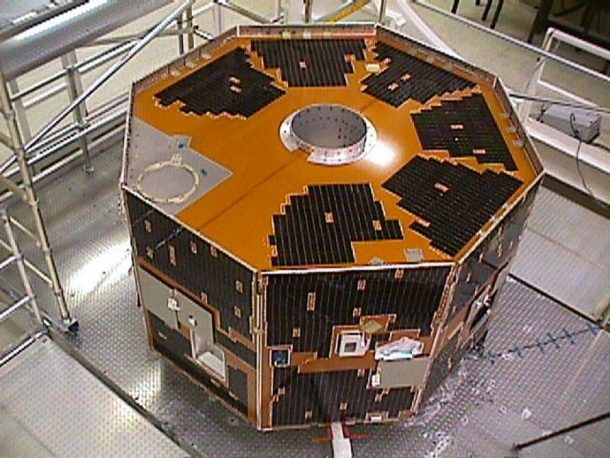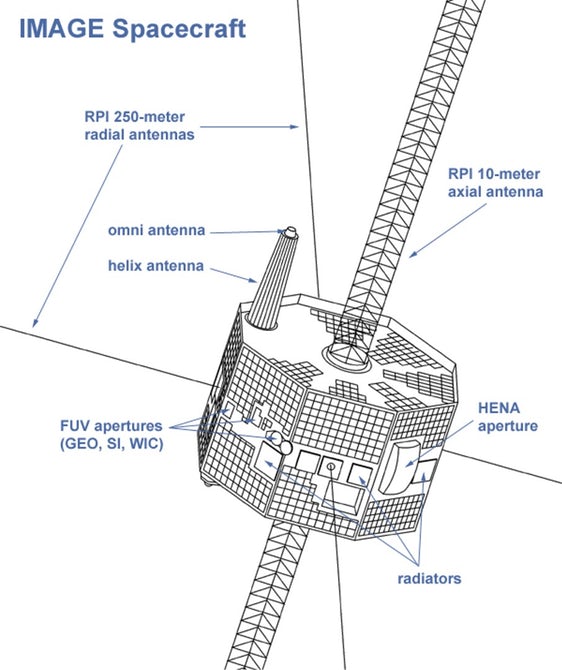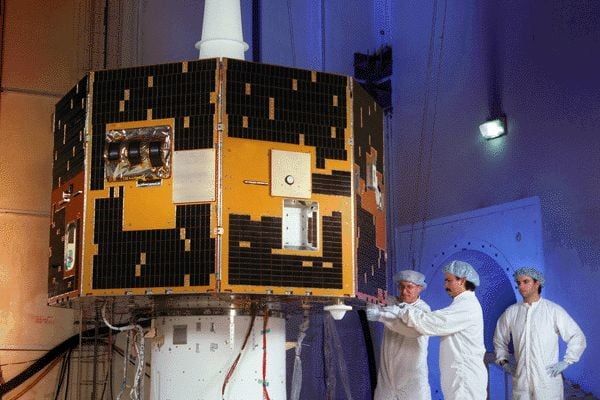A NASA satellite that was lost long ago was just found alive. NASA’s Goddard Space Flight Center (GSFC) confirmed the news that an amateur astronomer looking for the missing spy satellite came across the radio transmissions from NASA’s Image for Magnetopause-to-Aurora Global Exploration (IMAGE) science satellite. The satellite lost contact with the mission around 12 years ago. NASA launched the IMAGE satellite from Vandenberg Air Force Base in California atop a Delta II rocket, on 25th March 2000.
It was parked in a 14.2 hr polar orbit at an altitude of 640.4 km and 46,248.4 km. The unmanned orbiter was observing Earth’s magnetosphere and its reactions to solar winds. The radio lost its contact for unknown reasons on 18 December 2005. After attempting for weeks to establish a connection with the satellite again, the probe was considered gone.

It was considered lost until Falcon 9 took its flight carrying a secret payload for the US government into space on January 7, 2018. The launch went off successfully but then the classified ZUMA satellite was lost. An amateur astronomer Scott Tilly of Roberts Creek, decided to see if he can track the satellite again by scanning the S-band of the radio spectrum.
He couldn’t find ZUMA but he reported finding an unusual signal on January 20th. When he compared the orbital parameters of the transmission source, he discovered that they matched with the parameters of IMAGE. Tilly made many recordings and his analysis states that IMAGE is still rotating and might be operational as well. Even though it is not transmitting in the right direction.

Richard Burley of GSFC confirmed in an email that the radio source is compatible with that of IMAGE. NASA said that GSFC has taken time on the space agency’s Deep Space Network (DSN) and is trying to verify whether or not it is IMAGE to reestablish communication.
This is so far unclear that why IMAGE has started transmission now. However, the orbit of satellite sends it into eclipse at intervals and there are chances that one such event when the satellite went into darkness resulted in its power failure and caused its systems to reboot.


